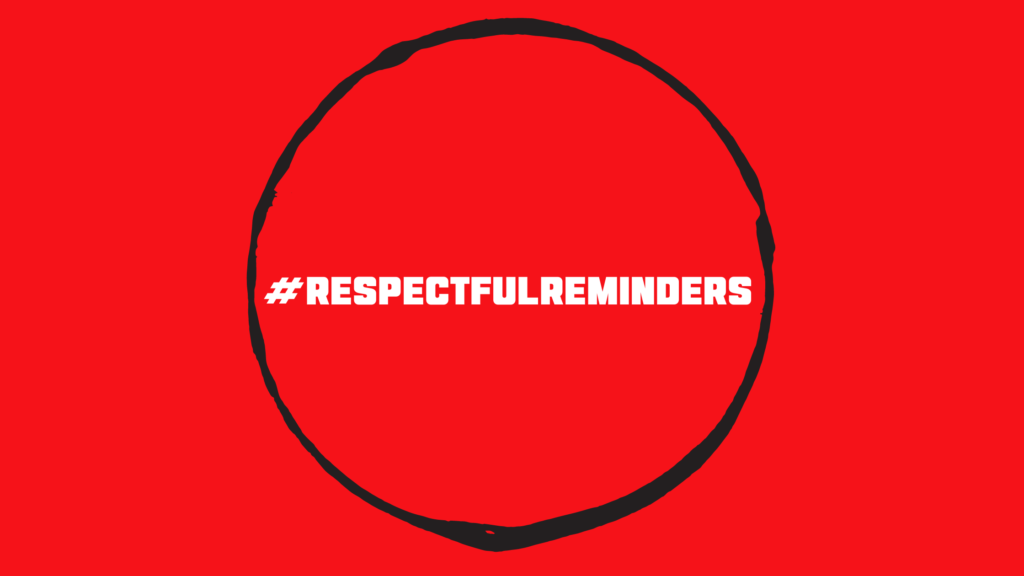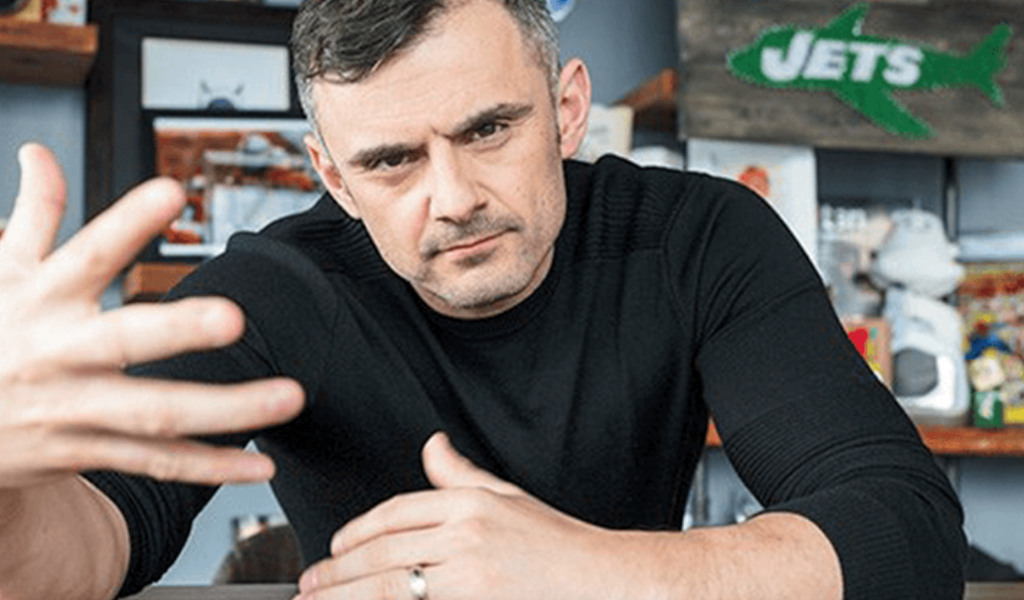We often discover and then consume content in nonlinear ways.
Sometimes we’re purposeful about it. For example, a Google search might feature an article from your company blog that addresses an informational need we might have, or provides color for a research report we’re writing.
Better still, we subscribe to your podcast or follow you on Twitter, and when you share your content, we spot it and click on it.
We might also land on a brand’s content through sheer luck in any number of possible ways:
Someone you follow on Twitter or are connected to on LinkedIn shares a video featuring a noted thought leader discussing an industry trend relevant to you, and up it pops in your feed. Or this video is featured in a story published by an online publication that covers your industry.
Or a speaker refers to this video at a seminar you attend and you subsequently check it out, quite possibly then and there, and potentially share it with other attendees.
Never underestimate the power of digital serendipity!
#RespectfulReminders
A word about building brand visibility through content. I’m talking here about creating content that people in your desired target audience communities will find useful, helpful, inspiring, empowering, even entertaining.

It’s content that catches their eye and resonates in some way, hopefully to the point where they share it with their networks of friends, peers and connections.
Better still, they might take action, like subscribing to your blog, podcast or YouTube channel, and they might even be motivated to buy something from your business or sign up for your cause.
Such content might be longer-form, such as a 10-minute mini-documentary, a 40-minute podcast interview, a 1500-word blog post, a whitepaper or research report, an online tutorial or an 4000-word e-book.
But in all probability, initial exposure to your content will come down to a fleeting micro-moment.
People see your name, or a link to your content, in a tweet, a Facebook post, a LinkedIn update, an Instagram feed or on YouTube or SlideShare.
Maybe an industry publication links to your blog or website, or your podcast is recommended by a popular ‘podcatcher’ app.
Some people might discover you randomly while doing a Google search.
Or someone could email an article you’ve published to a friend or colleague.
I call these micro-moments #RespectfulReminders.
These are not blatant promotional messages that annoyingly interrupt someone’s day but brief content-driven interludes that respect people’s time and intellect and add value in some way, no matter how minute.
Repetition of messaging
According to the Edelman Trust Barometer, an annual research report on the state of trust globally, public skepticism and dispersion requires repetitive messaging. On average, two-thirds of people (64 percent) need to see or hear a company’s message three to five times before they believe it, while 18 percent need to see or hear a message from six to ten or more times.
If that message is overtly promotional, we’re more likely to tune it out unless it has some special relevance for us at that particular time. For example, we’re looking to secure a new home loan, so naturally we take note of home loan rate messaging from financial institutions.
But if the message is wrapped up, conveyed and reinforced by credible content (like thoughtful commentary that shows genuine expertise), it could lay down foundations of trust.
I’ll leave the last word on brand visibility to New York Times best-selling author Gary Vaynerchuk, pictured, who made the leap from obscurity when he was running his family’s New Jersey liquor store to global recognition as an authority on digital marketing and entrepreneurship.

The elevation of his personal brand resulted from the strategic omnipresence Vaynerchuk built up over time by creating compelling content.
His speeches, books, videos and other premium content, in turn, led to earned media coverage in magazines and newspapers and on blogs, podcasts and network television.
Exposure equals leverage, says the man known to millions as Gary Vee. It certainly does for him.
In an article on Medium.com, Vaynerchuk wrote about the business model behind The #AskGaryVee Show, a long-form online video show in which he answers questions about social media, business and entrepreneurship.
He wrote:
The business model behind #AskGaryVee is pretty simple. It’s a 100% broad awareness game. I just want more exposure. Why? Because exposure is leverage, my friends. So what does that leverage get me? A LOT. Let’s just take a look at the short-term results:
Gary Vaynerchuk, via Medium
So what does that leverage get me? A LOT. Let’s just take a look at the short-term results:
- I get paid more for public speaking.
- I sell more books.
- I get asked to do more TV spots.
- I end up on stuff like 40 Under 40 lists.
- I get more employees coming into VaynerMedia (vaynermedia.com).
- I get more users coming to WineDeals (winelibrary.com/winedeals).
- I get to scale my POV more efficiently to my existing employees.
- My mom gets to see me every day.
Putting out content is ALWAYS a good idea, Vaynerchuk says.
He’s definitely the proof of that!


